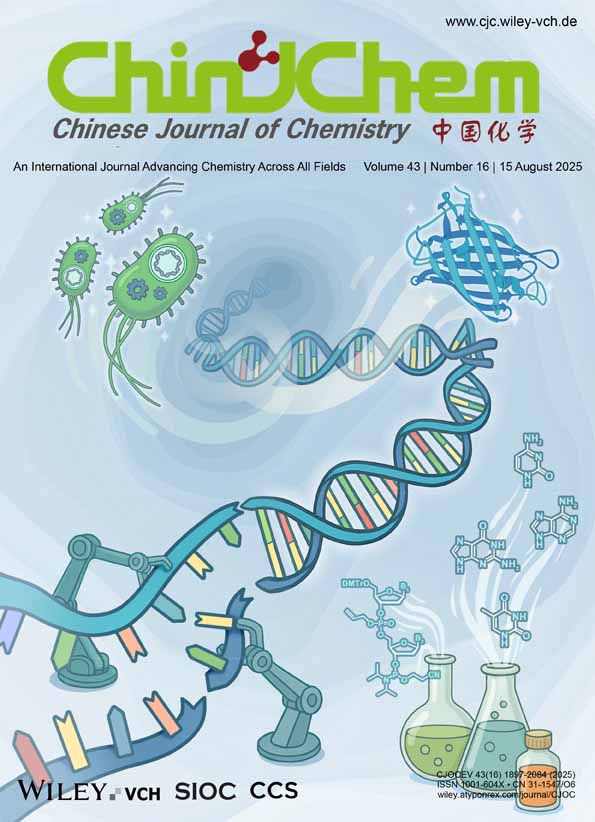Preparation and Thermal Chemical Property of Complexes of Zinc Nitrate with Trytophan
Abstract
The solubility property of Zn (NO3)2-Try-H2O system at 25 °C in whole concentration range has been investigated by the semimicro phase equilibrium method. The corresponding phase diagrams and refractive index diagrams were constructed. Under the guidance of the phase equilibrium results, the incongruently soluble compounds of Zn (Try) (NO3)2 · 2H2O (F) and Zn-(Try)2(NO3)2·H2O (G), which have not been reported previously, were synthesized and characterized by IR, XRD, TG-DTG, as well as chemical and elemental analyses. The constant-volume combustion energies of the compounds, δcE, determined by a precision rotating bomb calorimeter at 298.15 K, were (-13518.98±4.99) Jg−1 and (− 17690.85 ± 4.88) J. g−1, respectively. The standard enthalpies of combustion for these compounds, δc47, were calculated to be (− 5802.36 ± 2.14) kJ·mol−1 and (− 10891.59 ± 3.01) kJ·mol−1 when the standard enthalpies of formation, δtH⊖ were (− 1161.18 ± 2.61) kJ·mol−1 and (− 1829.71 ± 4.20) kJ·mol−1. The enthalpies of solution in condition of simulating human gastric juice (37 °C, pH = 1, the solution of hydrochloric acid), which were also measured by a microcalorimeter, were (14.55 ± 0.04) kJ·mol−1and (10.58±0.06) kJ·mol−1, respectively.




